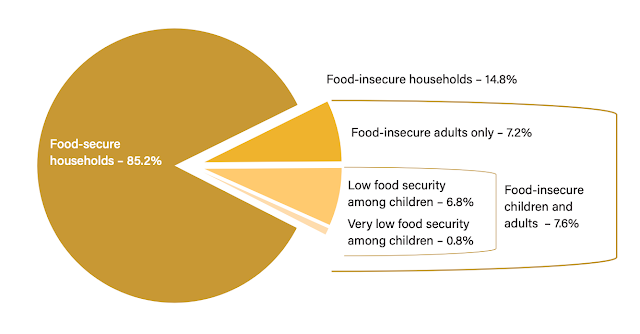By Laurie Ezzell Brown
THE STACK OF LAST WEEK’S newspapers is abandoned on my living room floor, unread during a long weekend away, and unreadable now
as this day dawns.
I suppose, eventually, I will throw them away, knowing that the news
they report is not just old—it is at best, absurdly imprecise, and at its
worst, simply no longer true. The world today is a different place, and we
have changed along with it.
Whether or not we have discovered all of the sharp new edges—the
fresh, jagged scar where life has fallen away from us—our own personal
geography has changed. The ocean is no longer where it was. The coastlines to the east, and to the west, now join in the center—in the heartland,
as we have called it, in other perilous times. The continents have moved
closer in the seismic shift that hatred has caused.
The angle of light has changed, ever so slightly. It shines eerily where it
once did not, could not. It shines darkly. Ashen clouds are now part of the
skyline. They have formed a layer between us and the rest of the universe,
whose existence we are now prone sometimes to doubt.
Our thoughts change shape and are re-formed constantly as each death
is named, each horror filmed, each sorrow spoken. Certainty escapes us,
now when we most need it.
Our words collapse—hollowed out from the intense heat and impact of
what we are feeling. Words crumble—they disintegrate, really, all air and
ash and no longer what they once were. We have scraps of words, scraps of
knowledge, but their true substance is lost. The wind blows them lightly
away.
We are part of the wreckage. We will comb through the debris of what
we believed, or thought we knew, hoping that something has survived.
And we will celebrate the heart that still beats, the pulse that still races,
knowing there is no real measure of the life that was lost.
From the rubble and ruin, voices cry out in anger and pain. Those are
our voices. We are the victims and the witnesses. There is this sudden
need to tell these stories, to commit this history to raging memory.
But we are also the terrorists. We, too, seethe with hatred, like any
true believer who has identified an enemy who does not believe as we do,
or look like we look, or value those things that we hold most dear, or speak
the same language.
We, too, tear other’s lives apart with our intolerance and impatience. We, too, act with too little thought, or fail to act, allowing others’ actions to
speak for us.
We, too, believe we can mask our fear and strike out at those
we fail to understand.
We, too, believe one violent act justifies another, even greater one. We,
too, long for vengeance. We, too, are terrorists.
Today, when we revile the inhumanity of others, we must seek out our
own humanity. How much more courage must it take to go into the wreckage, to seek out life, to face death, to cast off fear?
We watch on television, unable even to comprehend the self-sacrifice
of those who put themselves in harm’s way to save others’ lives. In every
slumped shoulder we see the exhaustion of rescue workers, who sleep
briefly and uneasily at the edge of mayhem before venturing back inside.
We hear the voice of the narrator break, feel the clinched fear of the firefighter facing what others reasonably flee.
These are our heroes—those who seek evidence of life at its outer margins. They are a remarkable affirmation of our dependence on, our responsibility to, each other.
It is difficult to remember our lives two days ago when, as one writer
said, “We lived on the other side of history’s rift.” But we who are able must
remember those lives. We should fill our lungs with air, take a deep breath,
and learn now the lessons that history will inevitably write, and has written many times before.
We should commit ourselves to the greatest act of anti-terrorism by
accepting the challenge to be ever more mindful of our lives, and how precious they are.
On September 1, 1939, Hitler’s army invaded Poland. W.H. Auden
wrote these words:
Defenceless under the night
Our world in stupor lies:
Yet, dotted everywhere,
Ironic points of light,
Flash out wherever the Just
Exchange their messages:
May I, composed like them
Of Eros and of dust,
Beleaguered by the same
Negation and despair,
Show an affirming flame.








